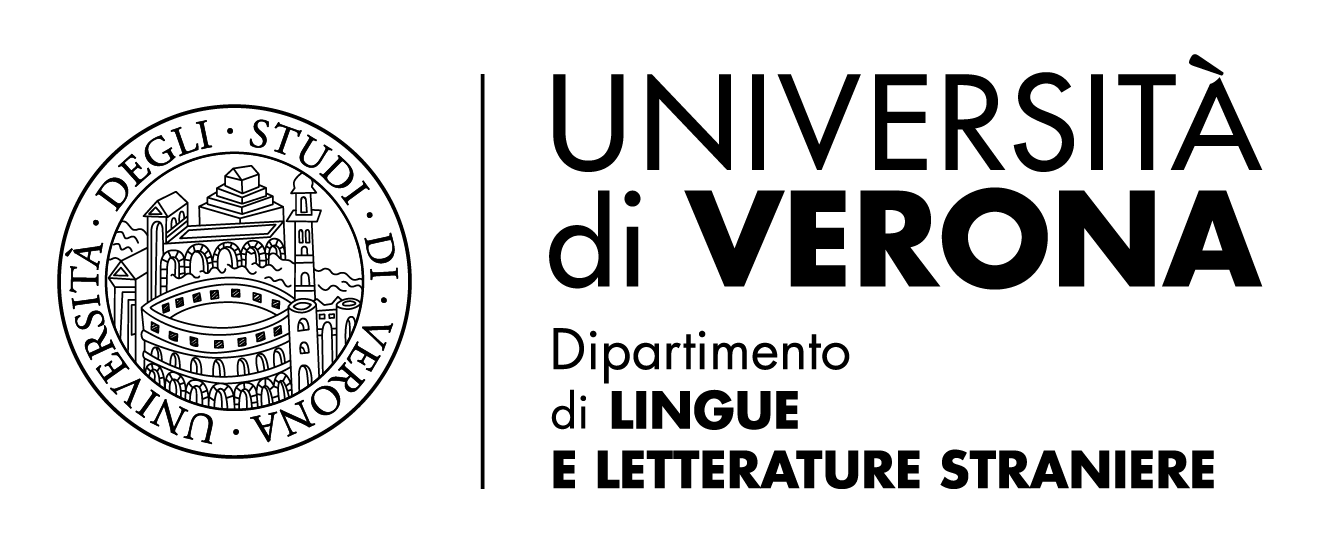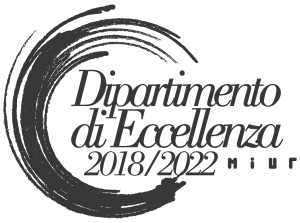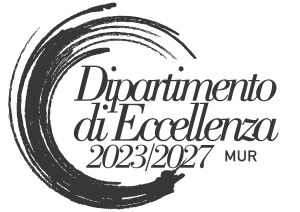Romanticismi dimenticati: il balletto storico Valdemar di August Bournonville al Teatro Reale di Copenaghen (1835)
DOI :
https://doi.org/10.13136/2465-2393/1053Mots-clés :
balletto romantico danese, August Bournonville, storiografia danese, danza e politicaRésumé
Riassunto: A partire dagli studi di danza relativi ai processi di rappresentazione del corpo danzante e alla memoria culturale - che rielaborano l’immaginazione storiografica, con l’intento di superare il mito della tradizione vivente del repertorio coreografico danese - l’articolo contestualizza e analizza la creazione del balletto romantico Valdemar di August Bournonville (Copenaghen 1835) nella temperie storico-culturale dell’Età d’oro danese. Lo scopo sarà di verificare se una rappresentazione stratificata come il balletto risulta in grado di far convergere idee, sentimenti, comportamenti, progetti e speranze, aderendo all’elaborazione del romanticismo storico europeo.
Parole chiave: balletto romantico danese, August Bournonville, storiografia danese, danza e politica
Abstract: Starting from the dance studies related to the processes of representation of the dancing body and to cultural memory - which re-elaborate the historiographical imagination, with the aim of overcoming the myth of the living tradition of the Danish choreographic repertoire - the article contextualizes and analyzes the creation of the romantic ballet Valdemar by August Bournonville (Copenhagen 1835) in the historical-cultural climate of the Danish Golden Age. The purpose will be to test whether a stratified representation such as ballet is able to bring together ideas, feelings, behaviours, projects and hopes, in keeping with the elaboration of European historical Romanticism.
Key words: Danish Romantic Ballet, August Bournonville, Danish Historiography, Dance and Politics



